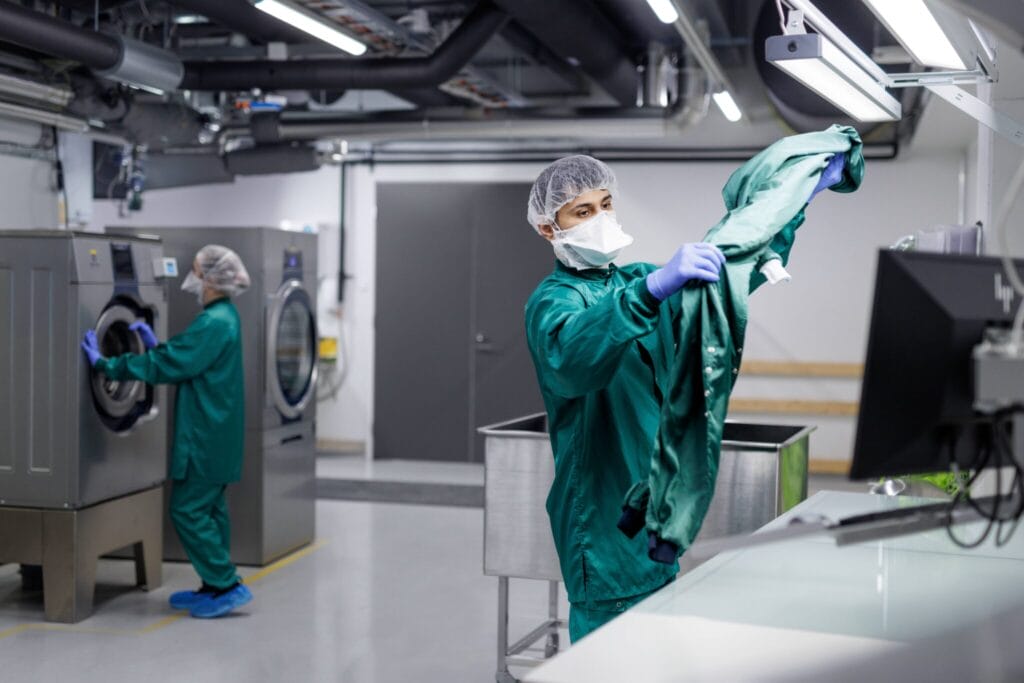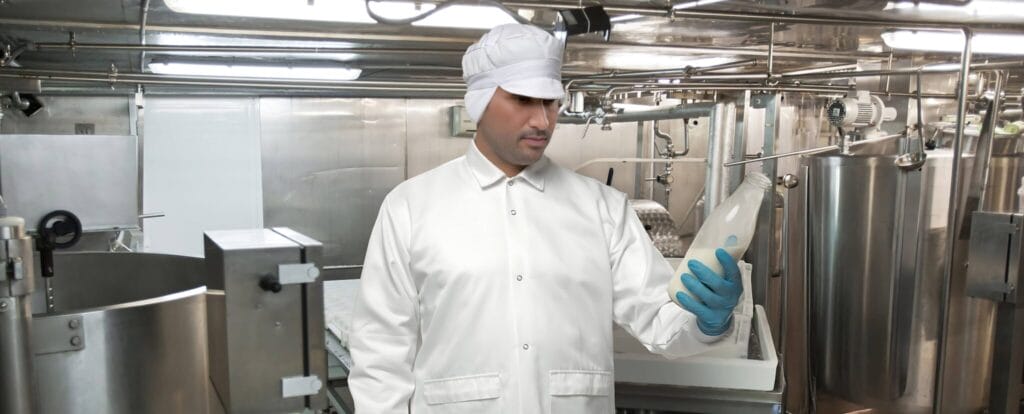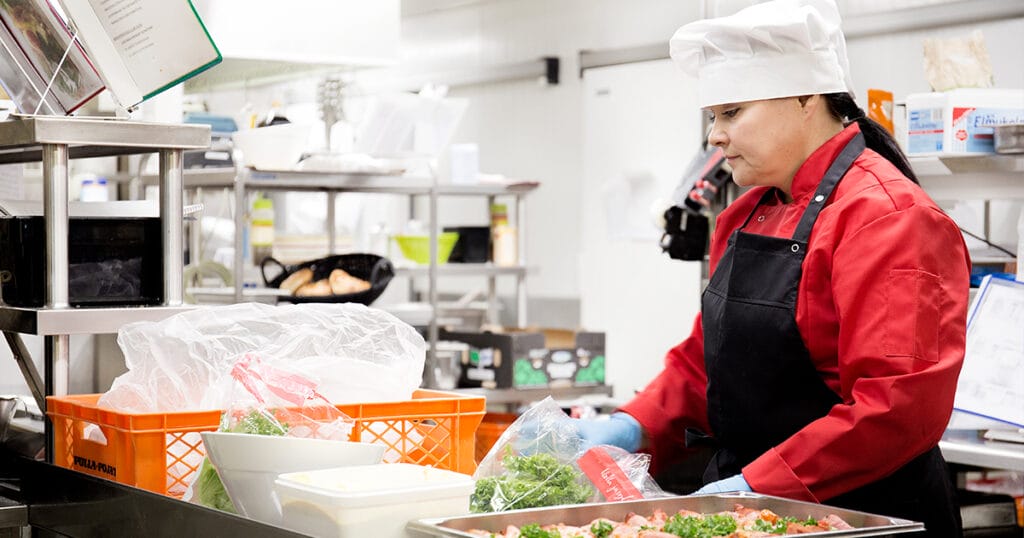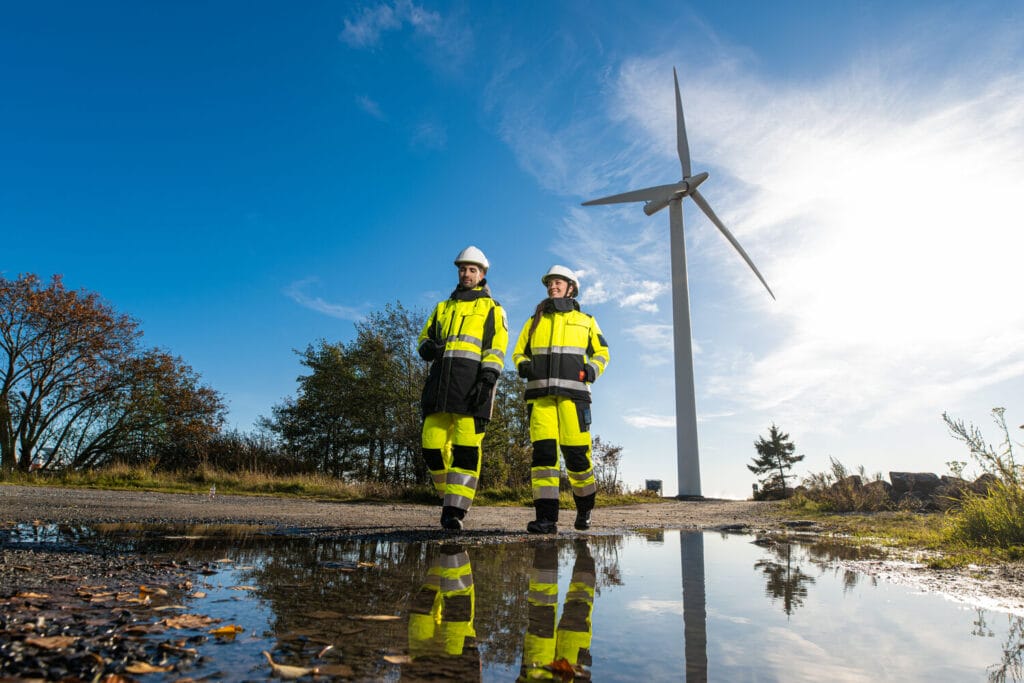Reuse of textile waste poses a challenge
Solutions for recirculating textiles are needed
Lindström generated 1.2 million kilos in textile waste in 2015. The recovery rate of textile waste totalled 71 per cent; 100 per cent in Finland, and approximately 34 per cent in European and Asian subsidiaries. The company aims to increase the reuse rate to 90 per cent by 2020.
The vision target set five years ago for 2016 still remains valid. Finding ways to reuse textile waste especially in the European and Asian subsidiaries has proved challenging. As these regions’ share of turnover increases, the textile waste recovery rate will decrease, unless the company manages to find an adequate amount of partners that treat textile waste.
The majority of Lindström’s disposed textiles are made from a cotton/polyester blend, and include many manually removable parts, such as zips and snap fasteners. The current textile recovery solutions favour cotton and at least materials without metal elements.
Lindström has managed to find its own solutions and partners for the reuse of textiles, and negotiations on new initiatives are constantly underway. However, the amount of textiles recycled through existing solutions is so insignificant that they have no clear impact on the company’s recovery rate of textile waste.
The company considers chemical dissolving to be the most significant future method, whereby cotton and polyester could be recovered separately through a chemical process and turned into new raw material. Lindström closely monitors the Design World of Cellulose
project of VTT Technical Research Centre of Finland, Aalto University and Tampere University of Technology, which involves developing new recycled textile fibre by means of dissolving. The methods are developed for the treatment of large volumes of waste.
Also the Finnish Environment Institution (SYKE) has raised chemical recycling as one solution for reusing textiles. According to the Institution, both reuse and recycle are better option for the environment than making use of textiles as energy, if they are able to reduce textile production from virgin materials. www.syke.fi
We consider chemical dissolving to be the most significant future method circulating textile raw material.




